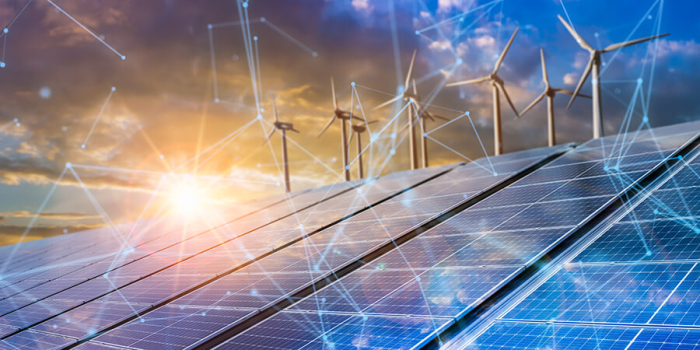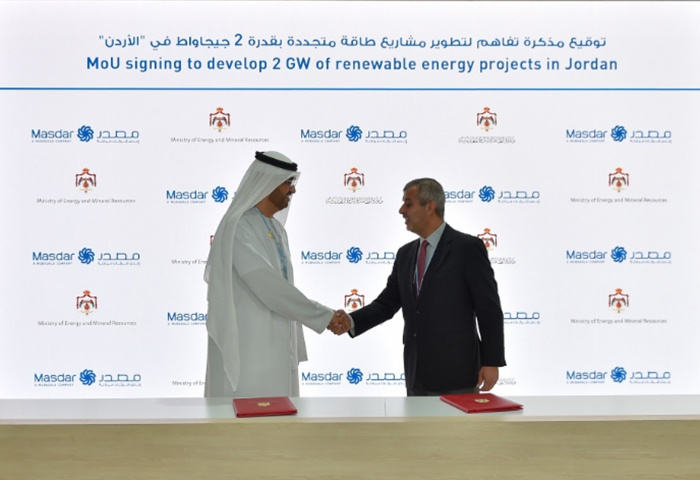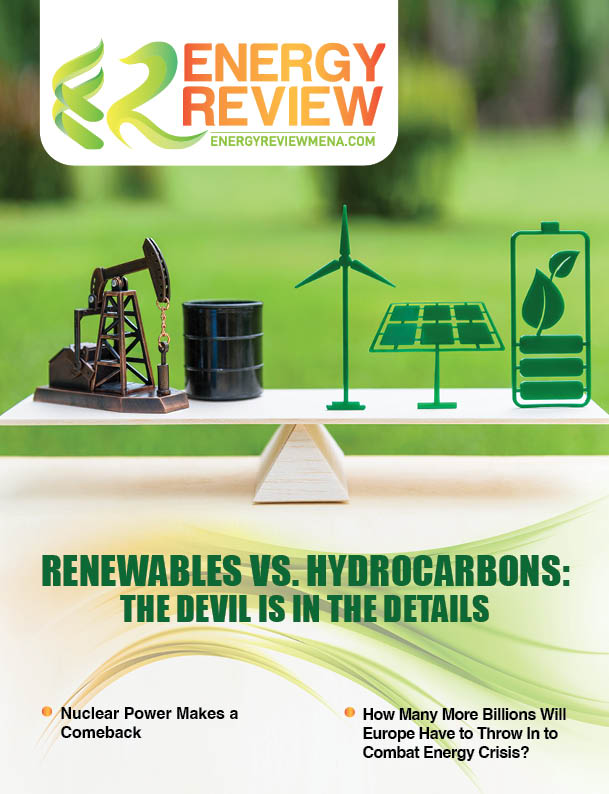The challenge of meeting Net-Zero Emissions by 2050 "will be short-circuited and remain out of reach" unless significant new copper supply comes online in a timely way, according to a new study by S&P Global that examines the growing mismatch between the available copper supply and the future demand resulting from the coming energy transition. Paris Agreement on climate change calls on countries to prepare long-term strategies to reduce greenhouse gas (GHG) emissions and limit the rise in global temperature to 1.5 C compared to pre-industrial levels.
The study entitled The Future of Copper: Will the Looming Supply Gap Short-circuit the Energy Transition? projects global copper demand to nearly double over the next decade, from 25 million metric tons today to about 50 million metric tons by 2035 with the deployment of technologies critical to achieving net-zero by the 2050 goal. The record-high level of demand would continue to grow to 53 million metric tons in 2050—more than all the copper consumed in the world between 1900 and 2021.
The new study aims to address concerns raised by a number of authorities—including the US government, the European Union, the International Monetary Fund, the World Bank and the International Energy Agency—about the availability and reliability of supply in minerals that will be needed to meet climate goals.
The study projections are based on a detailed bottom-up, technology-by-technology approach that leverages the S&P Global Multitech Mitigation scenario, which achieves net-zero goals by 2050, and is comparable to the International Energy Agency's new Net Zero by 2050 scenario.
"Copper is the metal of electrification and absolutely essential to the energy transition," said Daniel Yergin, vice chairman, S&P Global. "Given the global consensus for Net-Zero Emissions by 2050, it is critical to understand the physical materials required for achieving that ambition. The world has never produced so much copper in such a short timeframe as would be required. On current trends, the doubling of global copper demand by 2035 would result in significant shortfalls."
The demand surge would be driven, in large part, by the rapid, large-scale deployment of technologies such as electric vehicles, charging infrastructure, solar PV, wind and batteries. More copper intensive than their conventional counterparts, demand from these areas would nearly triple by 2035. At the same time, copper demand from traditional sources not directly related to the energy transition would continue to grow.
This "New Era of Copper Demand" would result in unprecedented and untenable shortfalls in supply, the study says.
Notably, growth in new copper supply capacity—from new mines or expansions of existing projects—would unlikely be able to keep pace with the surge in demand, the study finds. The International Energy Agency has estimated that it currently takes 16 years, on average, to develop a new mine, meaning that a new mine seeking permission today would not become productive in time to accommodate the demand spike.
That leaves increases in capacity utilization (output as a percentage of an existing mine's total capacity) and recycling as the main sources of additional supply, according to the study.
Under current trends—whereby both capacity utilization and recycling rates remain at their current 10-year global average—the study's Rocky Road Scenario projects annual supply shortfalls that reach nearly 10 million metric tons in 2035. That is equivalent to 20% of the demand projected to be required for a 2050 net-zero world.
Even under the study's optimistic High Ambition Scenario—which assumes aggressive growth in capacity utilization rates and all-time high recycling levels—the copper market will endure persistent supply deficits through most of the 2030s, including a deficit of nearly 1.6 million metric tons in 2035—much higher than any previous shortfall.
Under either scenario, there would be scarcity of copper to meet the demand of Net-Zero Emissions by 2050. The study also identifies eight key operational challenges that can constrain supply, ranging from infrastructure limitations to changing tax regimes and permitting.
"This comprehensive analysis demonstrates that, even at the outer edge of what could happen in copper mining and refining operations, there would not be enough supply to meet the demands of a Net-Zero Emissions by 2050 world," explaines Mohsen Bonakdarpour, executive director, economics and country risk, S&P Global Market Intelligence. "Even strong price signals and incentivizing policy initiatives, aggressive capacity utilization rates and all-time high recycling rates would not be enough to close the gap."
Such a supply gap would have broader consequences across the global economy, disrupting supply chains for both energy transition and non-energy transition industries, the study furthers. Given copper's use in a wide range of end markets, it would also exert tremendous upward pressure on the cost of goods for global manufacturers as well as energy costs for consumers.
The study also finds that the burgeoning supply gap would exacerbate the growing reliance on copper imports in the United States, in particular. Imports made up nearly 44% of US copper usage in 2021—up from just 10% in 1995. Under the study's scenarios, that share would swell to between 57 and 67% by 2035. An intensifying competition for critical metals is very likely to have geopolitical implications, the study warns .
"The challenge for all active participants in the energy transition will be to manage often competing and seemingly contradictory priorities in this New Era of Copper Demand," said John Mothersole, director, non-ferrous metals, S&P Global Market Intelligence. "Technology and innovation will both be critical in meeting this challenge, as will partnership between governments, producers and end-users. 'Dr. Copper', as the metal is called, may well currently be, as it has been in the past, a leading indicator of a slowdown in economic growth or recession, but the overall supply outlook for the years ahead is extremely tight."
Copper can be found on Earth’s surface, mainly as copper minerals or in mixed ores with other metals like zinc and lead. Open-pit or underground mining techniques are the most common forms of processing for its mining. Open-pit mining, which accounts for roughly 90% of copper production, extracts ores near the earth’s surface via graduated steps that delve into the earth’s crust. When ore is too deep to mine via open-pit operations, underground mining may be utilized, which involves digging shafts into the earth’s surface to allow machines or explosives to separate the ore.
Once ore is extracted, it must be processed to achieve a high level of purity. Sulfide ores undergo a five-step process: 1) the ore is crushed into a fine sand to loosen the copper minerals; 2) it is froth floated, where the sand is mixed with water and chemicals to make the copper particles water repellent; 3) air is passed through the mixture, allowing the copper minerals to attach to bubbles and float to the surface; 4) the copper-rich froth is then thickened into a concentrate, which can be smelted into a purer copper concentrate, called anode slabs; and 5) these slabs are further refined through electrolysis into copper cathode slabs, which are 99.99% pure copper. Copper oxide ores undergo a three-step process to achieve high levels of concentration. First, in a process called heap leaching, sulfuric acid is used to separate copper from the ore. Next, the solvent extraction stage moves the copper from the leach to a solvent, removing impurities. Last, electrowinning involves passing an electric current through the solvent to positively charge copper ions, allowing them to be plated onto a cathode.
Largest copper producing countries (2020)
Chile - 5.7 million tonnes; Peru – 2.2 million tonnes; China – 1.7 million tonnes;
Democratic Republic of Congo – 1.3 million tonnes; United States – 1.2 million tonnes.









